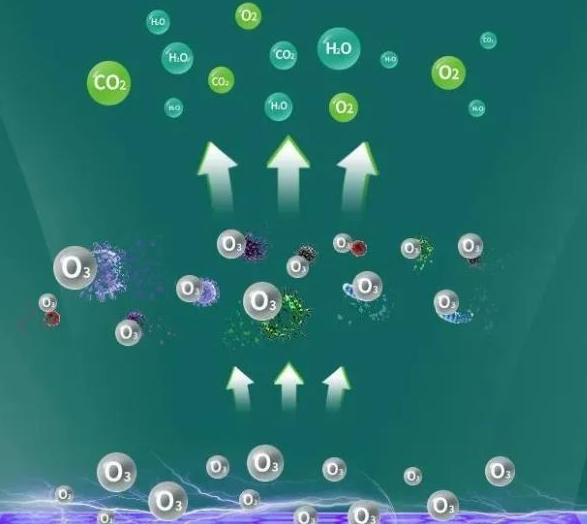What is the principle of ozone disinfection?
The principle of ozone disinfection can be considered as an oxidation reaction.
- Mechanism of ozone inactivation of bacteria: The inactivation reaction of ozone to bacteria always proceeds very quickly. Different from other fungicides: ozone can react with the lipid double bond of the bacterial cell wall, penetrate into the interior of the bacterial body, act on proteins and lipopolysaccharides, change the permeability of cells, and cause bacterial death. Ozone also acts on nuclear substances in cells, such as purines and pyrimidines in nucleic acids, to damage DNA.
- The inactivation mechanism of ozone on viruses: The effect of ozone on viruses is firstly the four polypeptide chains of the capsid protein of the virus, and damages the RNA, especially the protein that forms it. After the phage was oxidized by ozone, electron microscope observation showed that its epidermis was broken into many fragments, and a lot of ribonucleic acid was released from it, which interfered with its adsorption to the deposit. The thoroughness of ozone sterilization is beyond doubt.

 leased from it, which interfered with its adsorption to the deposit. The thoroughness of ozone sterilization is beyond doubt.
leased from it, which interfered with its adsorption to the deposit. The thoroughness of ozone sterilization is beyond doubt.

